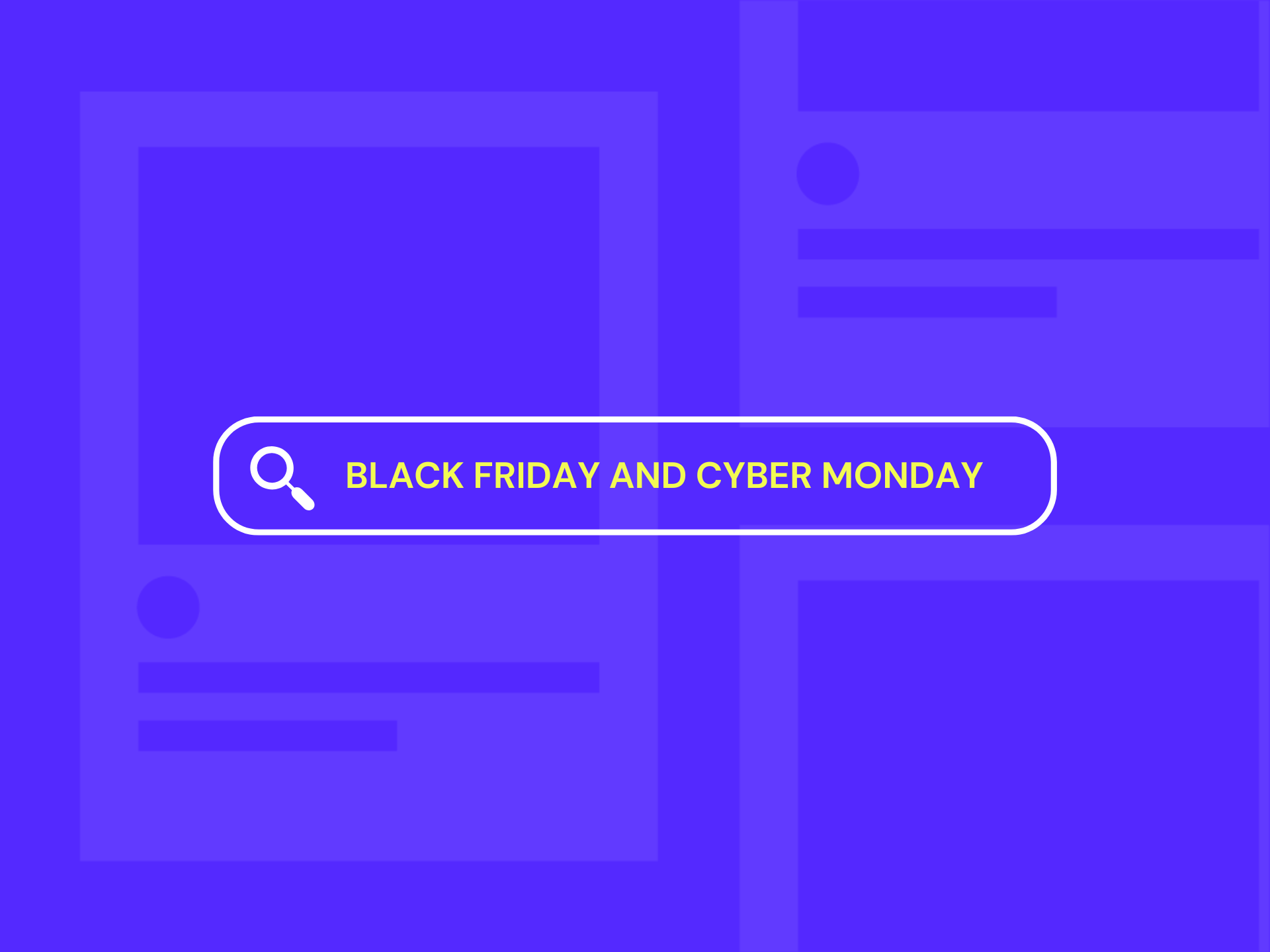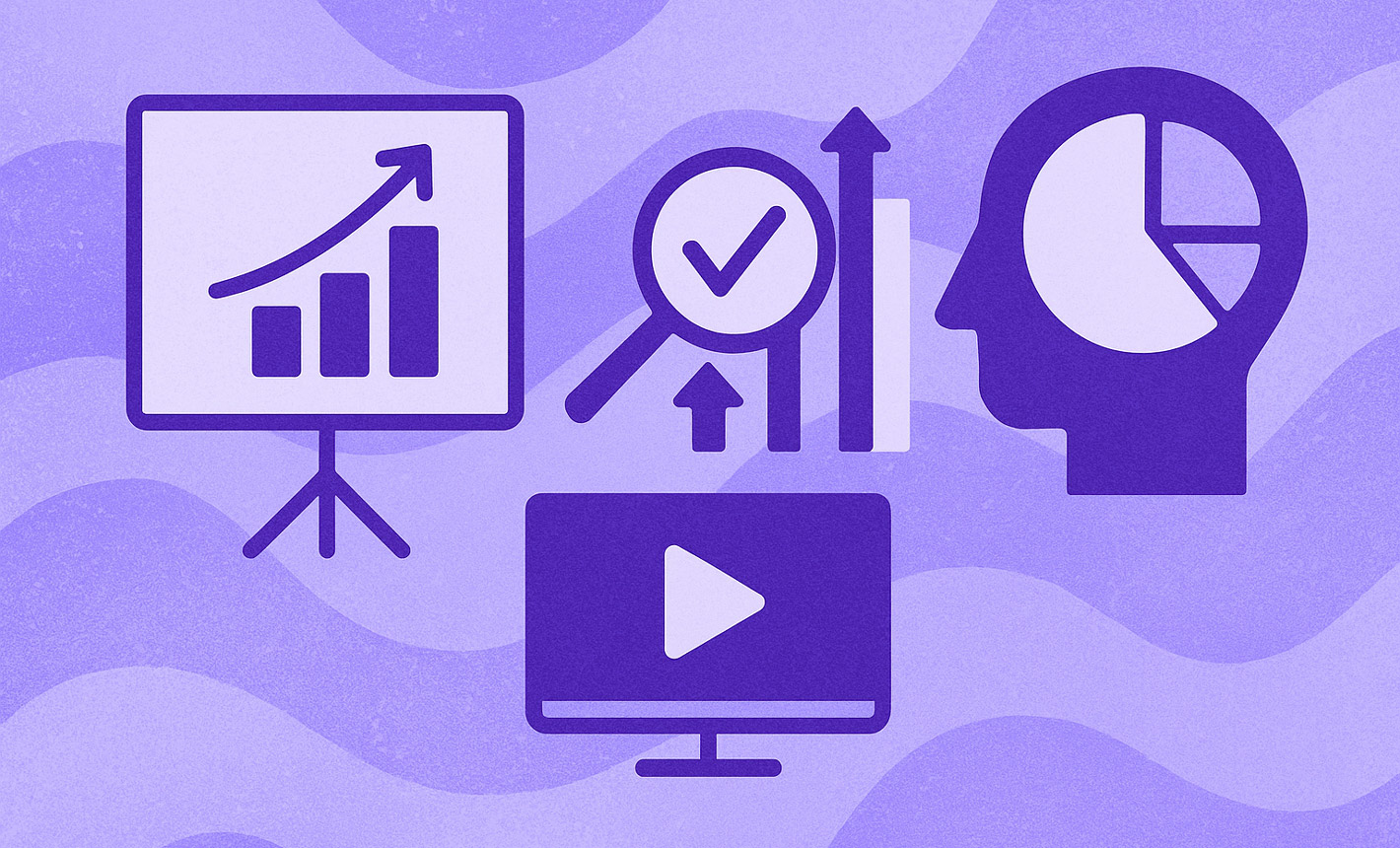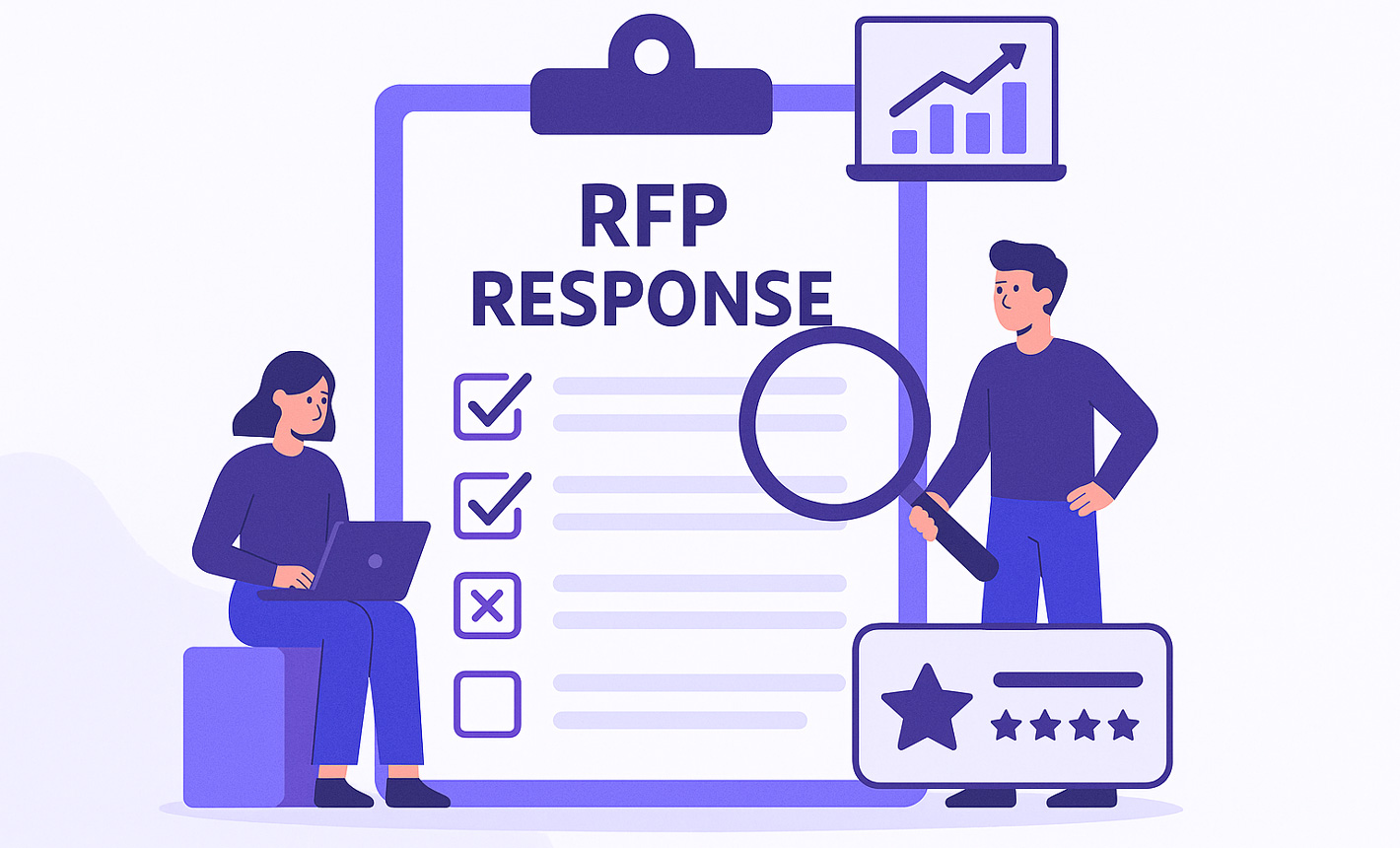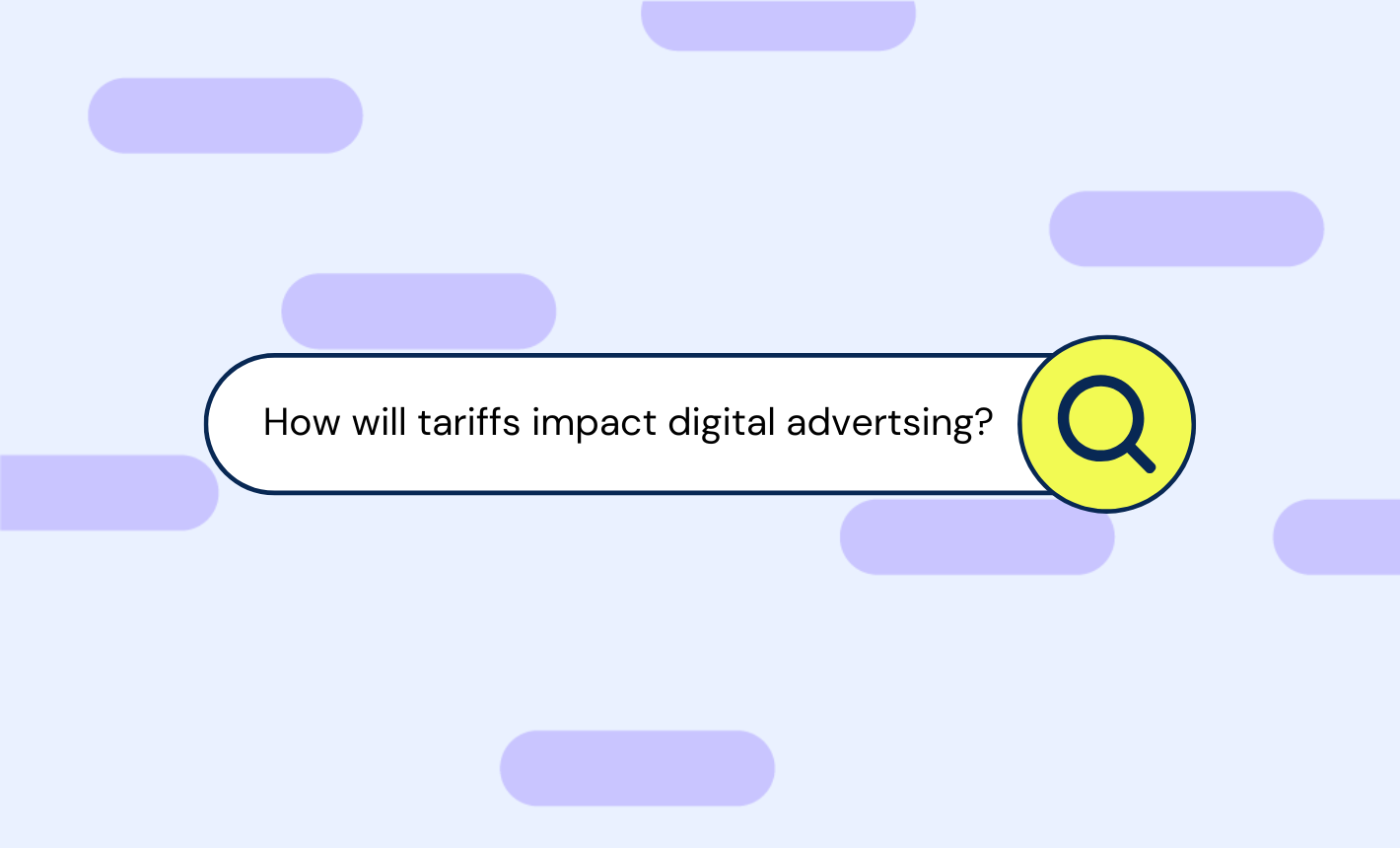Socium Media Shortlisted for 3x US Search Awards 

The Evolution of BFCM: Digital Marketing Strategies for Today
In the United States, Black Friday and Cyber Monday have long been pivotal dates in the e-commerce world, traditionally kicking off the start of the holiday shopping season. But over the past 5-10 years, these events have undergone significant transformations, primarily driven by the rise of e-commerce. Consumer behavior is beginning to shift in the e-commerce world as well, pushing media buyers and marketers to become more adaptive and proactive in their approach. Here at Socium Media, we’ve done just that and made great strides in our clients’ performance for BFCM.
The Digital Shift and Discount Dilemmas
With more shoppers each year opting for the convenience of digital purchases over physical store visits, especially after the COVID-19 pandemic, Black Friday and Cyber Monday (BFCM) have evolved tremendously. Black Friday sales—once confined to physical stores—now encompass a broader, online-dominated market, while Cyber Monday has maintained its focus on digital deals. Even with these major adaptations, consumer enthusiasm toward the once-famous Q4 duo dipped this year. But why?
Once heralded for jaw-dropping discounts reaching 60–80%, the 2023 BFCM season left consumers less than thrilled with more modest offers from various brands. The rise of digital exposure through social media platforms, such as TikTok, also affected the sentiment of BFCM this year. Consumers took to the platform to share their thoughts and comment on their experiences, calling out many brands for their “lackluster” offers in comparison to the Black Friday offers most millennials grew up with:
This evolving landscape presents a complex challenge: How can digital marketers and e-commerce brands offer alluring Black Friday deals without compromising profit margins? Similarly, how can media buyers find and engage customers who are more selective and even harder to impress?
Digital Marketing Strategies for Success
At Socium, we’ve developed and fine-tuned a series of strategies that helped our clients succeed this Black Friday. As our gift to you, here are 12 strategies that help our clients thrive when kicking off the holiday season:
- Lean on CRM data. Use CRM data to create high average order value (AOV) customer segments and build lookalike models in Meta.
- Optimize campaign structure. Create separate campaigns for dynamic product ads (DPAs) and creative assets in Meta. It’s also worth considering Advantage+ campaigns for both to determine efficiency.
- Make real-time adjustments. Utilize hourly reporting to optimize campaigns based on consumer interest peaks (and modify budgets accordingly). This is especially crucial in the final hours of Cyber Monday, as last-minute shoppers tend to make their purchases during this time!
- Manage your budget carefully. Check to make sure that NONE of your Branded Search campaigns are capped/about to reach their daily caps. Branded campaign budgets should be set to at least 3x what they need as demand picks up in the evening hours and over the weekend.
- Optimize your sitelinks. Keep only the top 4–6 sitelinks with the highest clickthrough rate (CTR) live (including any Black Friday promos) and pause the rest temporarily to give your promo site links more of an opportunity to show.
- Make bidding strategy revisions. Leverage enhanced cost-per-click (eCPC) instead of target cost-per-acquisition (tCPA) or target return-on-ad-spend (tROAS) on brand core exact campaigns to avoid inflating cost-per-click (CPC).
- Prioritize your ad content. Ensure your promo RSAs have the Black Friday/Cyber Monday promo pinned in Headline 1 or 2. If you have a lot of competition on your Core term, consider temporarily pausing Evergreen ads and leaving only Promo ads live so your sale is as competitive as your competitors’ in terms of messaging.
- Segment your customers. Identify your discount, mixed, and full-price customers and how to message them separately in your ads. Do discount customers who only purchase during Black Friday/Cyber Monday provide a strong lifetime value (LTV) vs. your other customers?
- Plan your sales strategically. In your yearly planning, consider your offers leading up to Black Friday. Are you enticing customers too quickly? How many sales should you pull back on to make your Black Friday/Cyber Monday more valuable? Weigh the pros and cons of various offers based on YoY trends and identify your existing customers’ behaviors.
- Overcommunicate and act quickly. Creating an open dialogue with your digital marketing partners during BFCM is just as vital as all the data. What is working and what isn’t? Identify opportunities and provide solutions in the mornings and evenings.
- Keep consumers excited. Test different offers for the various days or periods of the sale. Customize the experience for consumers with flash sales, advent calendar-style offers, and new product launches.
- Leverage influencer collaborations. Particularly for clients on TikTok, using spark ads to push influencer content can drive higher ROAS efficiency than that of evergreen creative. Authentic recommendations from influencers can boost credibility and reach.
Success Stories
And to showcase how effective our strategies are, here are five highlights and wins from our clients this BFCM:
- A health and wellness client achieved +245% YoY in gross sales, 138% above goals.
- A CPG client saw success in Shopping campaigns driving 324% more orders and a 40% higher ROAS.
- A CPG client acted quickly and switched to a 60% off offer which, in turn, resulted in a CAC $30 lower than projected.
- A retail client scaled 77% more YoY and drove 65% more paid revenue YoY, exceeding goal by 20% and grew demand YoY by 39%.
- A retail client was able to drive 30% more traffic due to 22% lower CPCs in their campaigns YoY. Because of this great traffic increase, purchases increased by 18% YoY.
Ready to Grow?
Our strategies—which focus heavily on targeted campaigns, optimized reporting, and agile communication—are designed to navigate the complexities of the current digital marketplace. If you’re looking to partner with an award-winning agency known for delivering success in an increasingly competitive and delicate digital marketplace, we’d love to chat!


